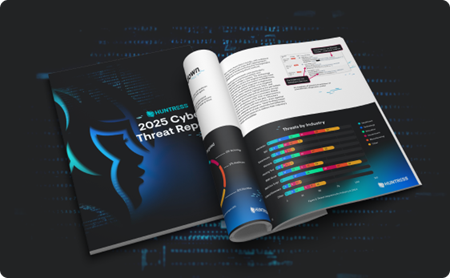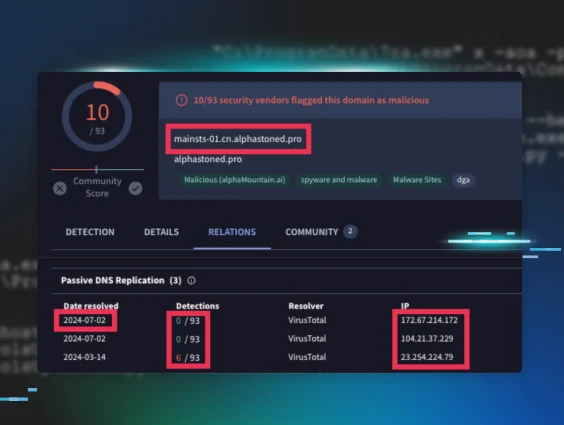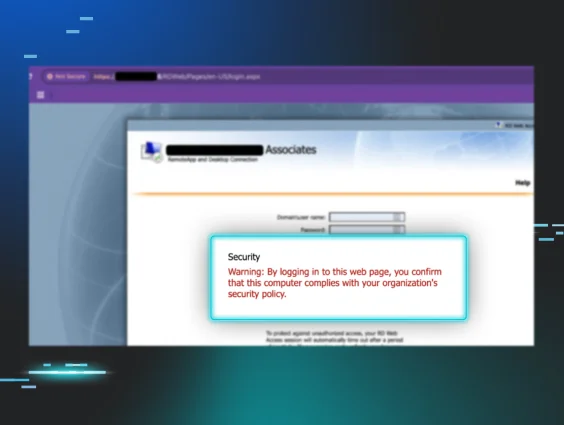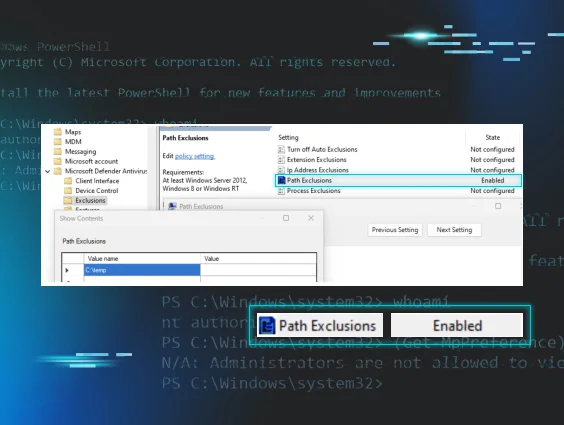Happy holidays! Here’s a (malicious) RMM
‘Tis the season for holiday phishing: threat actors are using Thanksgiving, Black Friday, and Christmas in their phishing attack lures this year.
On November 2, a user was tricked into executing a malicious process (Thanksgiving-iv.exe) from the directory C:\Users\REDACTED\Downloads\ on the impacted host. Further inspection revealed that this file is a rogue installer for GoTo Resolve RMM. The victim’s Firefox browser artifacts revealed that this installer was downloaded from the URL https[:]//pub-0e9274b4f4a74997bcafd5c5c778bf91[.]r2[.]dev/Thanksgiving-iv.exe. The malicious RMM then deployed a rogue ScreenConnect installer into the directory C:\Program Files (x86)\ScreenConnect Client (3bf4055180e70e5b), which was configured for the domain wilkensealsivc[.]shop.
During a retrospective threat hunt, our tactical response team found an incident on November 5 in which a user executed a malicious MSI file ([REDACTED]_Christmas_Punchbowl_invite.msi) from the directory C:\Users\REDACTED\Downloads\ on the impacted host. This resulted in the deployment of a ScreenConnect RMM, which was configured to the domain vhagov[.]org for command and control.
Special thanks to Austin Worline and Jai Minton for flagging the incidents using the Thanksgiving and Christmas lures!
![]()









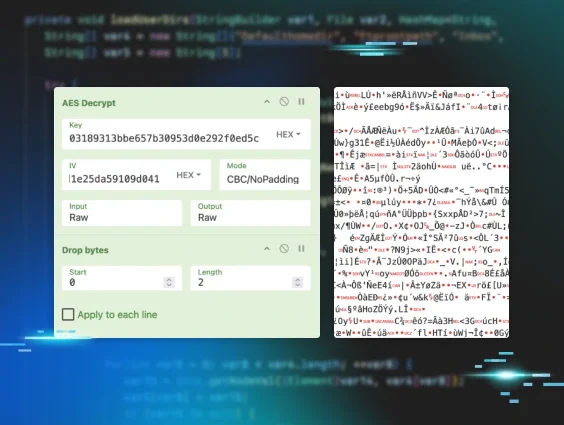




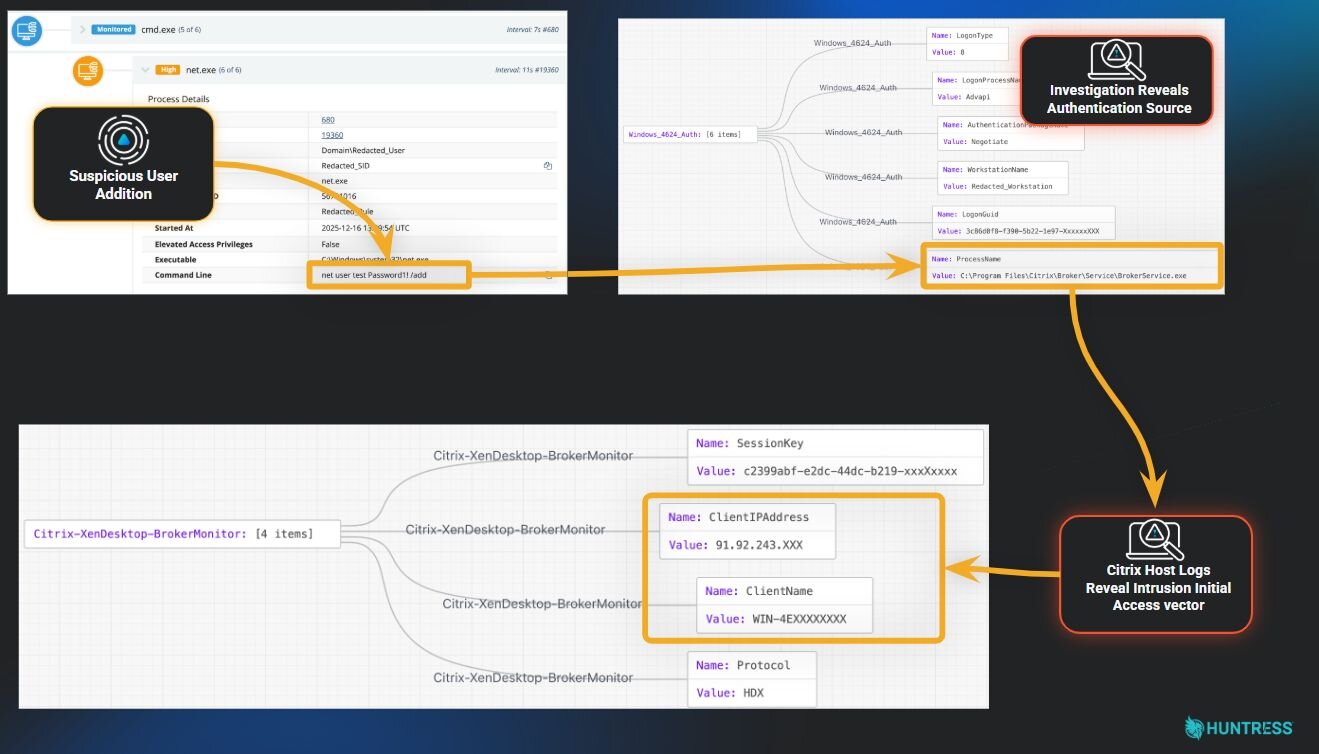
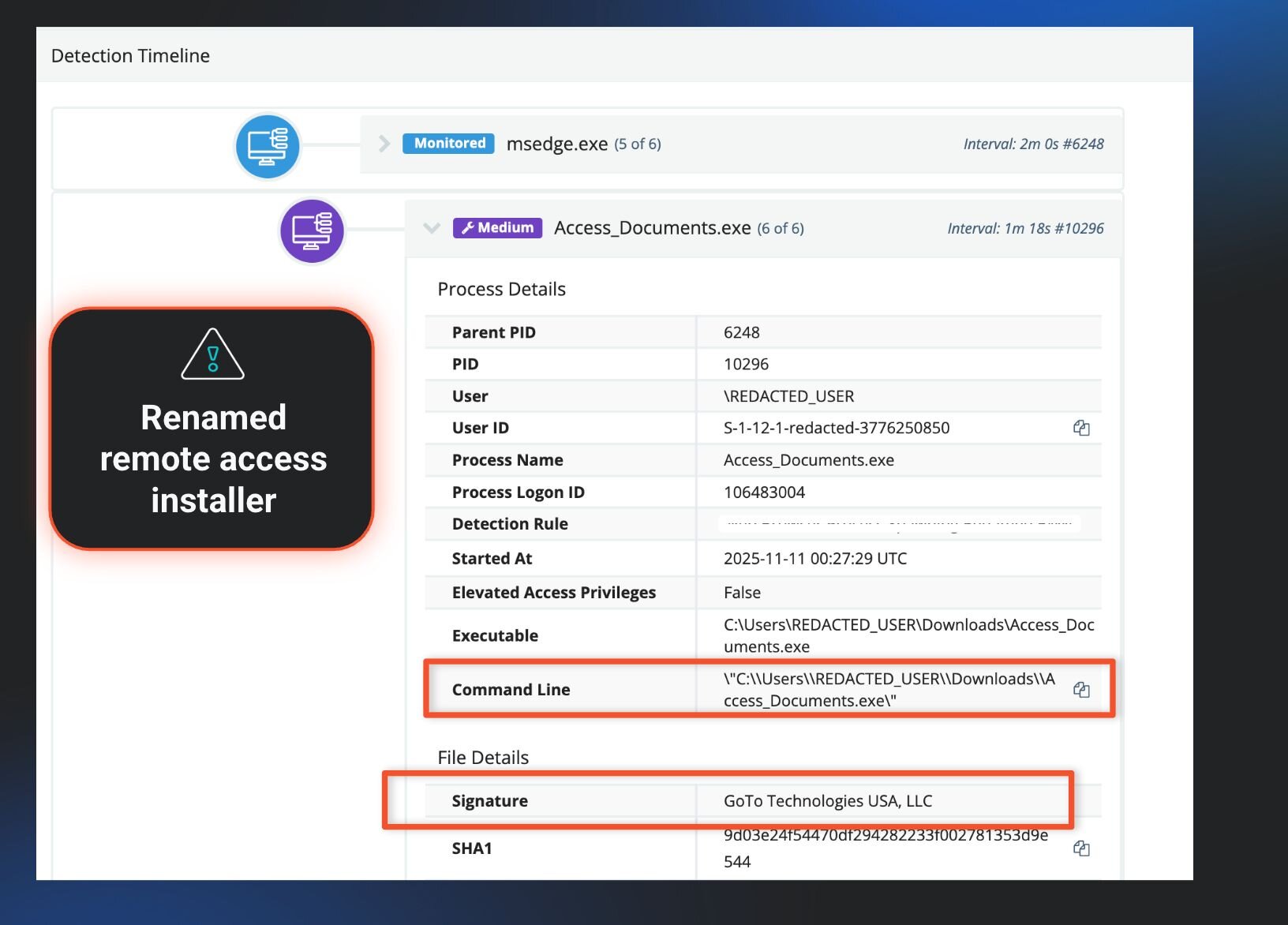
 One Click; Remote Access Installed
One Click; Remote Access Installed 
 Security awareness training for staff so they spot malicious lures
Security awareness training for staff so they spot malicious lures A discerning EDR plus skilled SOC operators to detect anomalous RMM installs and suspicious process trees
A discerning EDR plus skilled SOC operators to detect anomalous RMM installs and suspicious process trees Up to date asset inventory and alerting on unknown remote management software
Up to date asset inventory and alerting on unknown remote management software Block or quarantine unexpected installers from user download folders and require admin approval for RMM installs
Block or quarantine unexpected installers from user download folders and require admin approval for RMM installs


